My Question(s)
Are any of these methods preferred by a professional web designer?
Are any of these methods prefereed by a web browser when drawing the website?
Is this all just personal preference?
Are there other techniques I'm missing?
Note: Above questions are in regards to designing a multi-column layout
float:left;

This is the method I always use when creating column layouts, and it seems to work just fine. The parent does collapse on itself though, so you just need to remember to clear:both; afterwards. Another con that I just found was the inability to align text vertically.
display:inline;
This seems to correct the problem of the collapsing parent, but adds whitespace.

Removing whitespace from html seems to be the easiest fix this problem, but is not desired if you are really picky about your html.

display:inline-block;
Seems to behave exactly like display:inline;.

display:table-cell;

Works perfect.
My thoughts:
I'm sure I'm missing a ton of stuff, like certain exceptions that will break the layout but, display:table-cell; seems to work the best, and I think I will start replacing float:left; as I always seem to mess up on clear:both;. I've read many articles and blogs about this on the web, but none of them give me a definite answer on what I should use when laying out my website.

